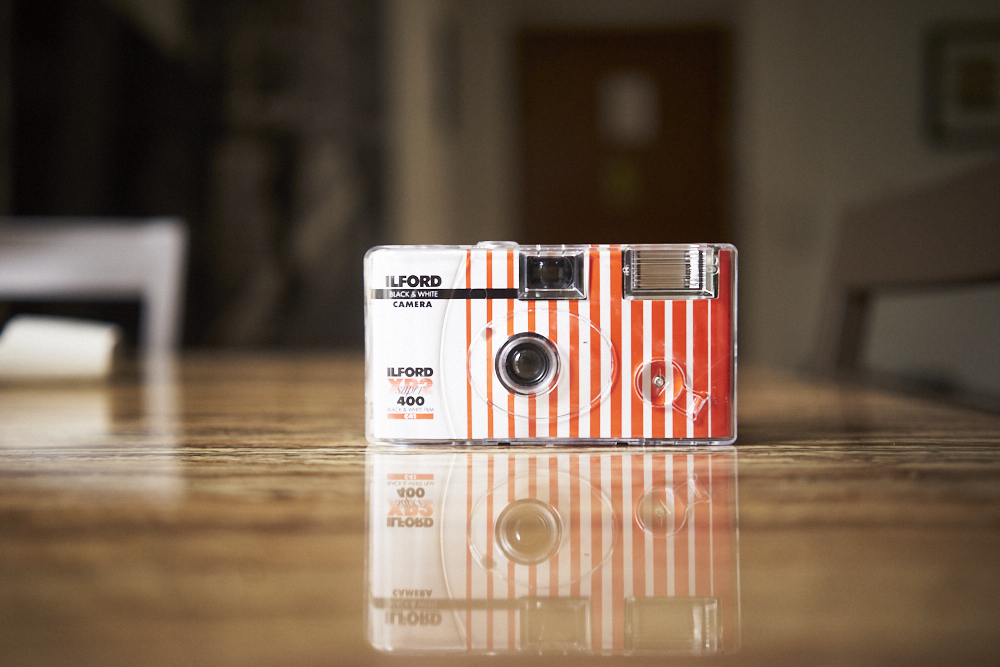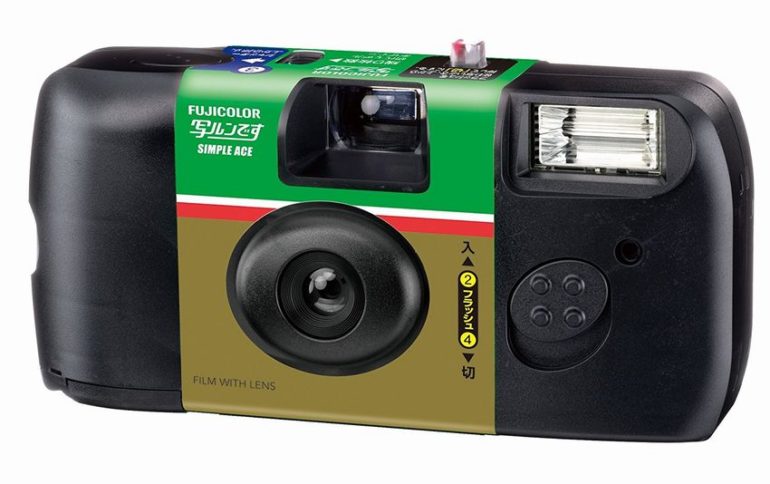With disposable cameras, it’s the camera that is for one-time use; with Instagram it’s the photos that are often the “throwaway.”
It’s no longer a surprise for many that Instagram was inspired by Polaroids and the distinct look of film photography. But, is this nostalgic aesthetic the only aspect that the popular social media platform copied (or borrowed, if you want to put it lightly)? Or, has it also become the unwitting modern-day counterpart of the disposable camera?
Back in the days, disposable cameras made it easier for everyone to get their vacations and special occasions documented and immortalized. You didn’t need to own an actual camera; all you needed was one of these pocket-sized wonders and you’re off to shoot 27 exposures (more or less). Shooting indoors? Grab one with flash. Need one for a beach trip? Grab a waterproof version. When you’re done, you simply take them to the film lab and get your prints. Easy peasy.
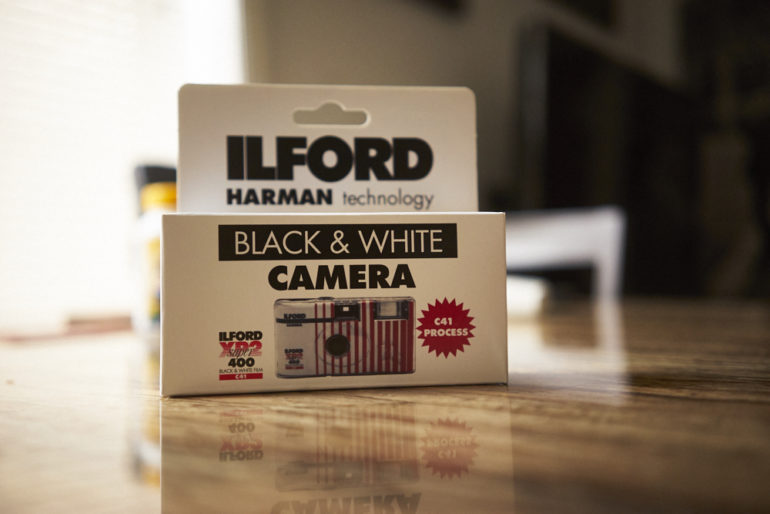
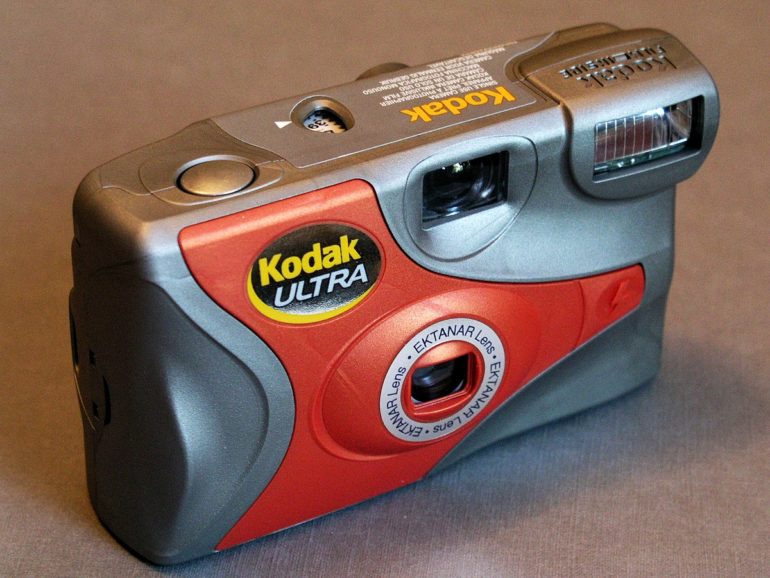
Above: Some disposable camera samples. I’m especially intrigued with the Kodak one as I think I’ll be lucky if can find one today.
Like those disposable cameras, Instagram (and to a lesser extent other sharing apps) are the same thing. Of course, the disposable camera didn’t deliver results that were the best quality even for its time. But it was good enough for prized snapshots and immortalized memories. Who would have thought that decades later, even with better tools, more sophisticated equipment, and imaging innovations, the world would go crazy over its nostalgic “disposable camera” aesthetic? Further, who would have thought that folks would still put convenience over quality?
The film photography resurgence (and projects that use it) has kept the disposable camera afloat albeit in far fewer numbers in the last decade or so. By now, we all know that Instagram had a hand in keeping it in the limelight. But to say that Instagram has actually replaced it? It may be blasphemy for passionate film photographers–but it could be true in some aspects.
Snapshot Photography Made Easy
Much of photography then and now is actually snapshot photography–thanks to the concept introduced by Eastman Kodak when it introduced the “Kodak moment” through the Brownie box camera in the 1900s. By definition, a snapshot is any photograph taken quickly and spontaneously, often without artistic or journalistic intent. They are often imperfect and amateurish. Birthday parties and other celebrations, childhood photos, pet photos, everyday scenes, sunsets, and vacation photos — all of these and more fit into the snapshot category.
“By definition, a snapshot is any photograph taken quickly and spontaneously, often without artistic or journalistic intent.”
The disposable camera essentially made snapshot photography more accessible to more people. Apart from being convenient and compact, there’s no responsibility to own an expensive camera. It even allowed for more personal and candid shots for events like weddings and anniversaries — put one in each table and you’re all set.
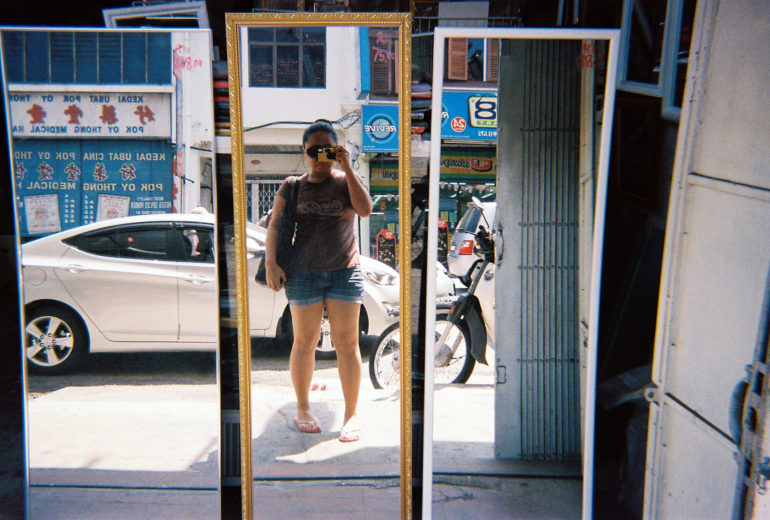
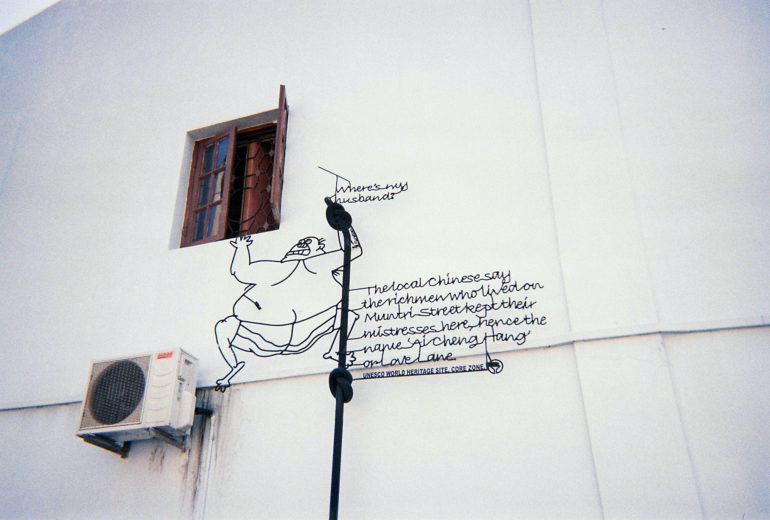
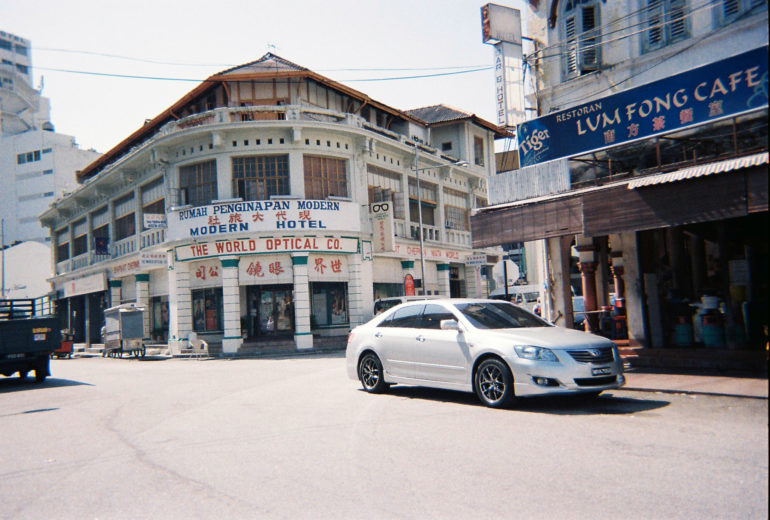

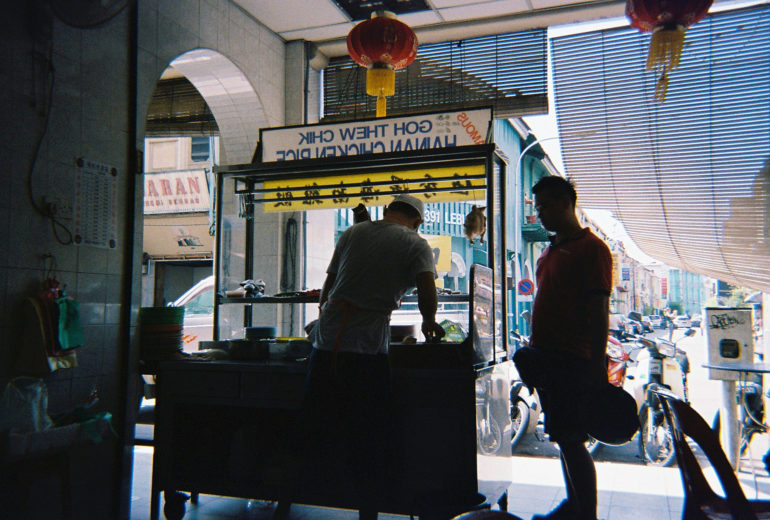
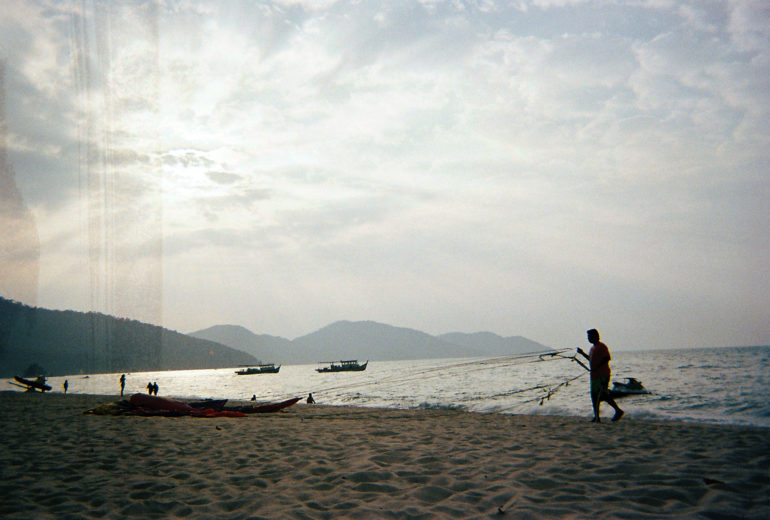
Above: A bunch of travel photos I took using a Kodak disposable camera. Far from perfect, but they bring back so many memories. That’s good enough for me.
Snapshots then and now appeal largely to the consumer market — those who want to take simple pictures of everyday life, family, friends, and special occasions. The disposable camera made it quick and simple for virtually everyone to have prints of these snapshots to keep, share, and revisit. The snapshot is very well alive and thriving in the digital age, through today’s affordable digital point-and-shoot cameras and especially smartphones. However, instead of prints and albums, a lot of these snapshots, as expected, now end up on Instagram. What was once browsing through albums, exchanging prints, and displaying photos has now been replaced with commenting, reposting, and liking social media posts.
The Hipstamatic, Huji, and Gudak Effect
My first encounter with an app that mimics the mechanics of a disposable camera was with the Hipstamatic Disposable app way back in 2012. A friend showed me how you can either shoot it by yourself or with other friends, and that it comes with a look or “style” through a filter effect throughout the 24-exposure “camera”. As with an actual film, you won’t be able to see the results until the entire roll is finished. All the images will either be synced between all the users, and can either be saved to your Camera Roll or shared on Twitter.
I wasn’t using an iPhone then so I couldn’t try it out or participate, but I was already shooting with film (and disposable cameras). So I didn’t really feel I wasn’t missing out. Of course, I was shooting with the real deal. Fast forward to more recent times, Instagram has become wildly popular. Film photography and its distinct aesthetic have become continued to be in style. And Hipstamatic has been replaced with trendier, celebrity-approved apps like Huji and Gudak — which emulate the disposable camera from the the tongue-in-cheek reference to Fujifilm and Kodak, to the interface designed to look like disposable camera packaging.
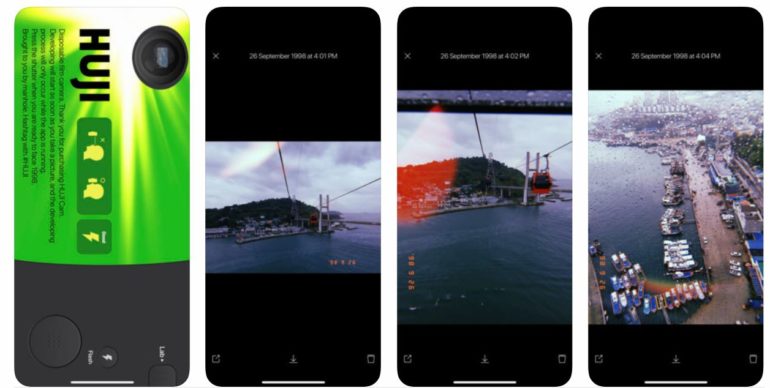
“Is it just me or is Instagram starting to look like it’s 1998?” asked an Elle article from last year and it can’t be any more true. Light leaks, faux grains, retro hues, and even date stamps (that’s more a point-and-shoot feature, however) instantly give smartphone photos a late 80’s or 90’s look that’s all the rage now.
Guess where much of these photos now end up? Yep, Instagram.
Instagram as the Digital Disposable Camera
Instagram has long been credited for sparking global interest in the film photography revolution and the creation of many film-inspired apps. But in itself, the social media platform could very well be the first digital iteration of the beloved disposable camera. It had its own retro-inspired filters, and encouraged people to take snapshot photography to their phones — essentially causing digital point-and-shoot use to plummet, and smartphone photography to rise as its own photographic genre. But, that’s something to tackle for another story.
Instagram was at the forefront of this phenomenon because it gave people a reason to shoot to their heart’s content. Snapshot photography became faster, easier, and more creative. The best part? No one needed an extra camera to do it. Sales soon declined as digital compacts became more and more unnecessary, while smartphone camera features kept improving. Even Leica helped develop lenses for premium smartphone cameras (if you can’t beat them, join them, as the saying goes). There was no way camera manufacturers could turn the tide, so they instead focused on mirrorless cameras, which was the next step up. The era of digital point-and-shoots is over, but snapshot photography is well alive within our fingertips.
https://www.instagram.com/p/Bn7vYv9FAkj/?utm_source=ig_web_copy_link
The truth is, the likes of Gudak and Huji — and even disposable cameras themselves — wouldn’t have risen to popularity if not for the viral powers of Instagram. Just check out the sheer numbers of photos hashtagged with #huji #hujicam #hujifilm #gudak #gudakcam and #gudakfilm and you’ll see what I mean. The charm of these apps, according to veteran photographer Stephen Shore, are indicative of mistakes unique to film — not film photography itself. “It’s a visual gimmick and it never makes a picture good. The picture is good because of the decisions the photographer makes. And that’s what lasts,” he cautions in this insightful TIME feature.
Just check out the sheer numbers of photos hashtagged with #huji #hujicam #hujifilm #gudak #gudakcam and #gudakfilm and you’ll see what I mean.
The Disposable Camera’s Legacy
But if you also check the #disposablecamera hashtag itself, most of the photos you’ll see were shot with actual disposable cameras. Somehow, that gives me consolation because Instagram doesn’t reflect the disposable camera’s legacy.
Much of snapshot photography today is just throwaway photography — the kind that you shoot to upload to social media, where it will mostly lay forgotten perhaps until the next “memory” reminder. If the disposable camera has indeed evolved — or evolving into — yet another trendy, Instagram-worthy thing, then that’s really a sad way to honor the disposable camera’s legacy. For me, it was a quick and affordable tool to document important life events, life-changing travels, and spur-of-the-moment photography projects. It’s in the simplicity of quick and carefree photography, in the spirit of the snapshot. It’s in getting back your prints (or scans) and finding joy in reliving the moments captured, imperfect as they are.
What is it for you?


